Context and OOB
When Mussolini declared war on France and Britain in June 1940, the Italian empire in East Africa (the territories of modern Ethiopia, Somalia and Eritrea) became immediately isolated from the motherland, unable to receive any supplies or reinforcements by sea. The only hope for Italian forces in the theatre was a rapid end of the war or an Italian breakthrough from Libya into Egypt and Sudan. None of these events materialized, and the land, air and naval forces deployed in the empire fought a hopeless battle, until their full exhaustion. At the start of the hostilities, the Regia Aeronautica (Italian Air Force) had slightly more than 300 aircraft in the area: 147 outdated medium bombers, a mix of Ca 133 and S.81, 9 Ro.37 recognizance aircraft, 18 C.R. 32 fighters, 18 C.R.42 fighters, a few transport aircraft and 12 S.79 bombers. This heterogeneous force faced the aircraft of the British Royal Air Force (RAF), but also the South African (SAAF). The Commonwealth air forces counted a slightly superior number of aircraft, deployed between Sudan, Somaliland, and Kenya. These aircraft were mostly outdated types, like the Hawker Hartebeest, Fairy Battle, Vickers Wellesley, imported Junkers Ju-86 and Gloster Gladiator, with only a handful of Blenheim bombers and Hurricane fighters being the most advanced in the region.
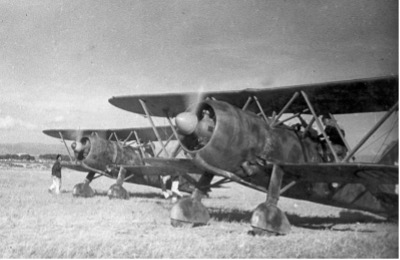
Fiat C.R. 42 fighters ready to take off
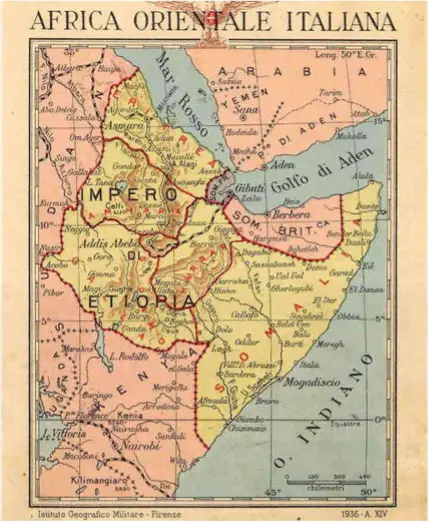
Map of Italian East Africa
Aerial fights
Already in the first hours of hostilities, squadrons of the RAF launched some ground attack missions along the border between British controlled Sudan and Italian Ethiopia. Similar missions were launched in the south by the SAAF against Italian Somalia. The Italians stroke back on the 12th of June with the bombing of Aden (a British colony, today part of Yemen) with Ca 133 bombers. On that same day, the C.R. 42 fighters scored their first victory, a Vickers Wellesley bomber near Asmara (Eritrea).
On the 19th of June, the first two Hawker Hurricanes of the SAAF appeared in the theatre, flying as escort for a formation of three Ju-86 directed against an Italian airfield Somalia. Here they met the C.R.32 fighters of the 411° “Squadriglia” which boldly attacked the enemy formation, shooting down a fighter and losing one of their own.
In the following weeks and months, the Italians also bombed Port Sudan and Berbera (British Somaliland) while the biplane fighters carried on their escort and ground attack missions all over the theatre. The first months of operations had already depleted the already thin ranks of the Regia Aeronautica in East Africa, thus an ingenious plan to send reinforcements was put in motion. From the end of July 1940, till March 1941, the Regia Aeronautica transported a total of 51 C.R. 42 fighters in the theatre, by using the excellent transport aircraft S.M. 82 “Marsupiale”, capable of transporting a disassembled C.R.42 in the cargo hold. These reinforcements could not turn the balance of the situation but surely provided the Italians with some more shots before the general collapse of East Africa. Bear in mind that at the start of the war only 18 fighters were available in the region.
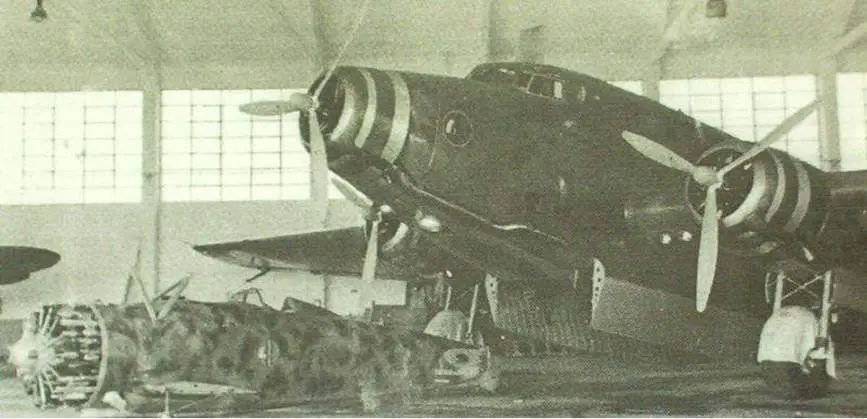
A C.R. 42 ready to be loaded onto a S.82
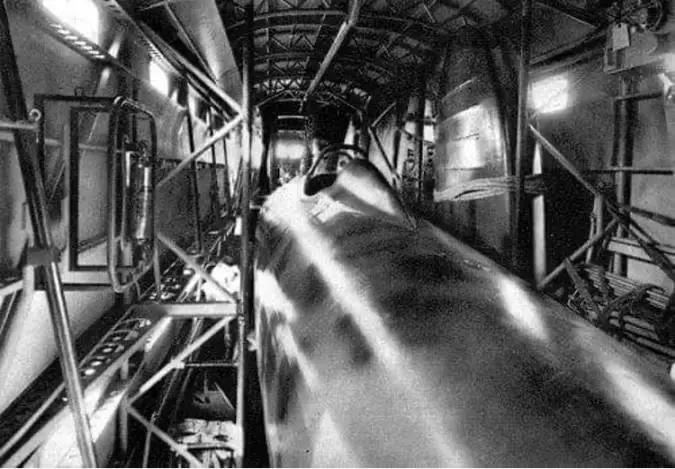
A C.R. 42 in the cargo hold of a S.82
During the air conflict in the theatre, the first Italian “aces” of the second world war rose to fame, the first most notorious in Italian historiography is Mario Visintini (16 victories and several planes destroyed on the ground), followed by Luigi Baron (12 victories, plus 2 in cooperation), Aroldo Soffritti (8 victories), Carlo Canella (7 victories), Alberto Veronese (6 victories, plus 2 in cooperation), Antonio Giardinà and Enzo Omiccioli (5 victories).

Mario Visintini
Mario Visintini and his colleagues of the 412th “Squadriglia” distinguished themselves on the 6th November 1940, over the skies of Metemma (border between Sudan and Ethiopia). Here the Italians, flying on the C.R.42 clashed with the Gloster Gladiators of the 1st SAAF fighter squadron, shooting down 5 enemy planes and losing none. In December, Visintini landed in enemy territory to rescue his commander, Capt. Antonio Raffi, who had crashed with his plane. Visintini threw away his parachute to make space and took Raffi on his plane, flying back to the base. Visintini eventually died in February 1941, crashing onto a mountain while searching for two pilots missing in action, it is likely that the bad weather conditions caused the crash.
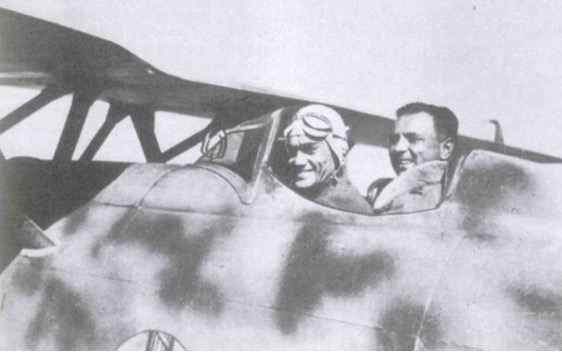
Visintini with his commander Antonio Raffi rescued behind enemy lines
Epilogue
By spring of 1941, the Italian forces in East Africa were close to collapse and so was the Regia Aeronautica, with only a handful of aircraft left. The general surrender of Italian forces came in May 1941, while a 40.000 men strong garrison under General Guglielmo Nasi resisted in Gondar until November. Two fighters, one C.R.42 and one C.R.32 continued to operate in Gondar until a few days before the surrender of the garrison, one was shot down in action and one sabotaged by the Italians.
Sources
Malizia, N. (2003). Il FIat C.R.42, l’ultimo biplano da caccia Italiano. Editrice Innocenti.
Massimello, G., & Apostolo, G. (2000). Italian aces of WW2. Osprey Aviation.
Santangelo, A. (2020). La caduta dell’ Impero fascista.
Sgarlato, N. (2000). La Regia Aeronautica nella II Guerra Mondiale. Delta Editrice.
